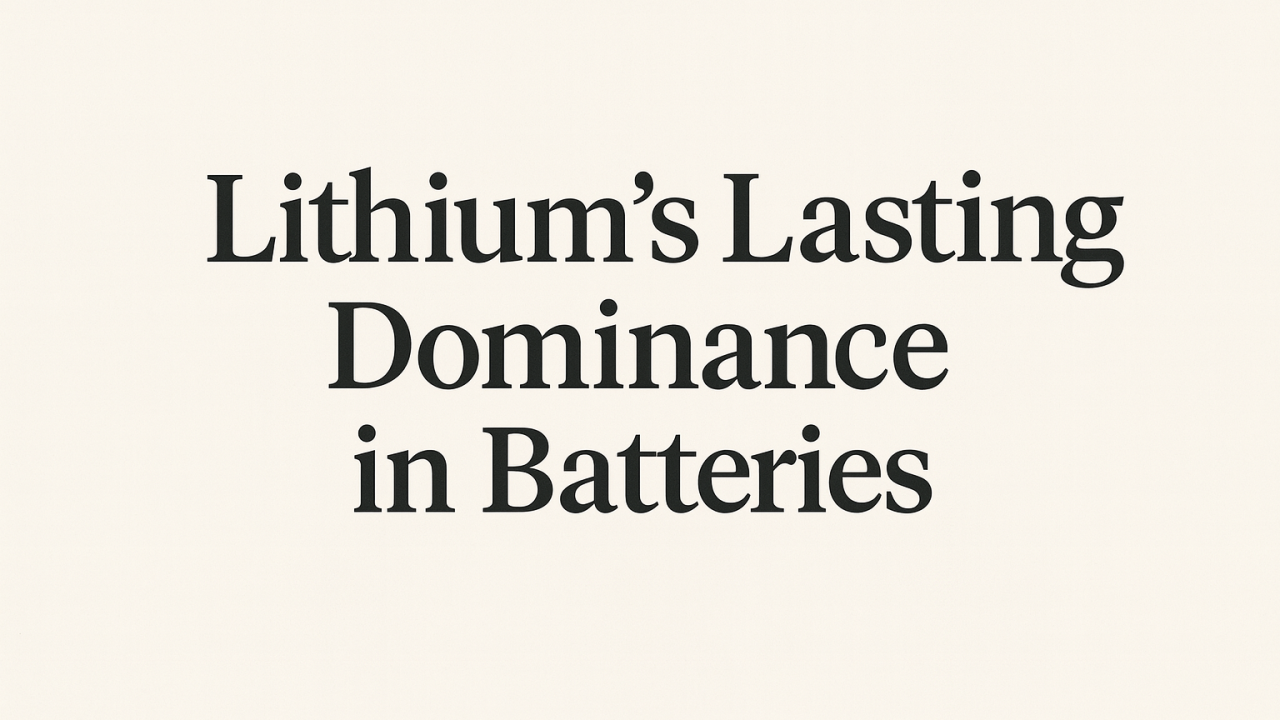I’ve always been a believer that every application has a theoretically best-suited battery chemistry. Lithium is not the answer for every use case, and it never will be.
For years, I was a strong supporter of sodium batteries as a potential alternative. On paper, they offered a compelling path with abundant raw materials, lower costs, and the possibility of breaking free from lithium’s concentrated supply chains. However, the recent closure of Bedrock Materials, and their decision to return investor capital after internal technoeconomic analysis showed little to no economic advantage over lithium, was a sobering reminder. The assumptions many of us made about sodium batteries simply haven’t held up. At least not yet.
Another argument often raised for alternative chemistries is the idea of national advantage. Countries naturally want to leverage their own mineral resources, build independent supply chains, and reduce reliance on lithium imports. It’s a reasonable motivation, and in some cases, this will spur adoption of chemistries like sodium, zinc, or even emerging systems based on abundant regional elements as technology advancement makes these chemistries more feasible from a performance perspective. National security considerations can and will drive diversity in the battery landscape.
That said, lithium-based batteries will continue to dominate the markets that matter most: portable electronics and mass-market EVs. These are by far the largest addressable markets. Global EV sales alone are expected to exceed 30 million units annually by 2030, with lithium-ion batteries accounting for over 90% of deployed capacity. Portable electronics remain nearly a 100% lithium-based market, with few challengers on the horizon.
Even next-generation technologies, such as solid-state or pseudo-solid-state, do not dethrone lithium. In fact, many of them increase lithium intensity. These innovations could actually require 20–30% more lithium per kWh compared to today’s liquid electrolyte cells. Instead of reducing lithium demand, they may accelerate it.
So the reality is that lithium isn’t going anywhere. The lofty demand projections for lithium and related critical minerals remain intact. Current forecasts suggest global lithium demand could rise from ~1 million metric tons LCE in 2025 to over 3 million metric tons by 2035. If solid-state adoption accelerates, those projections may even prove conservative.
The takeaway? Expect niche applications and specific geographies to see growth in alternative chemistries. But when it comes to the largest global markets, lithium will continue to sit at the center of the battery industry for decades to come.
By: Dr. Nicholas Grundish

